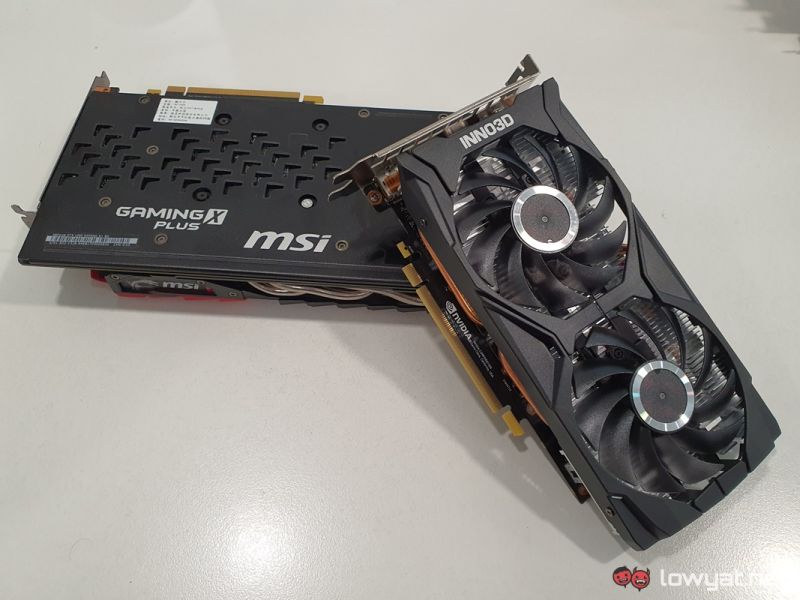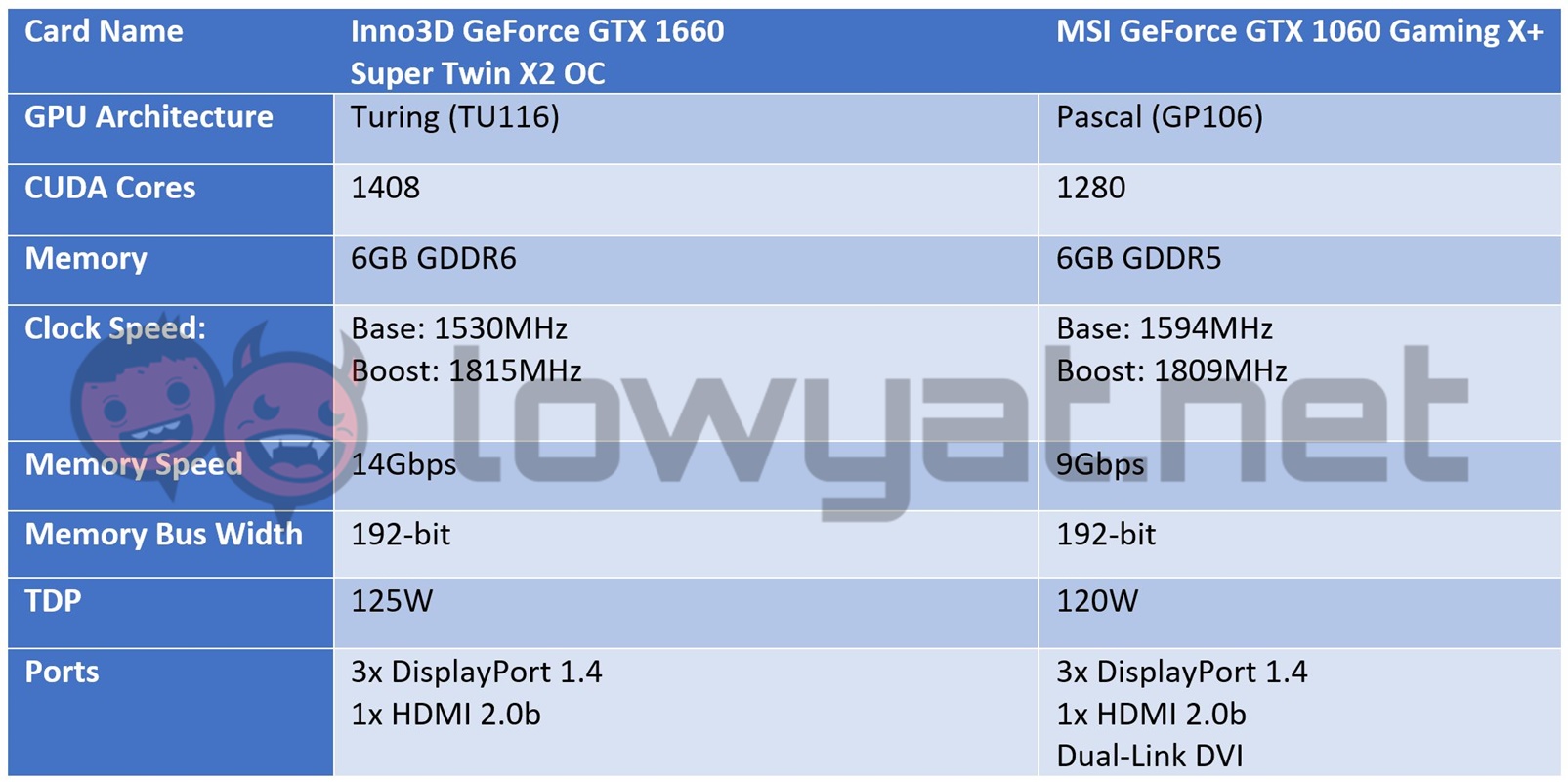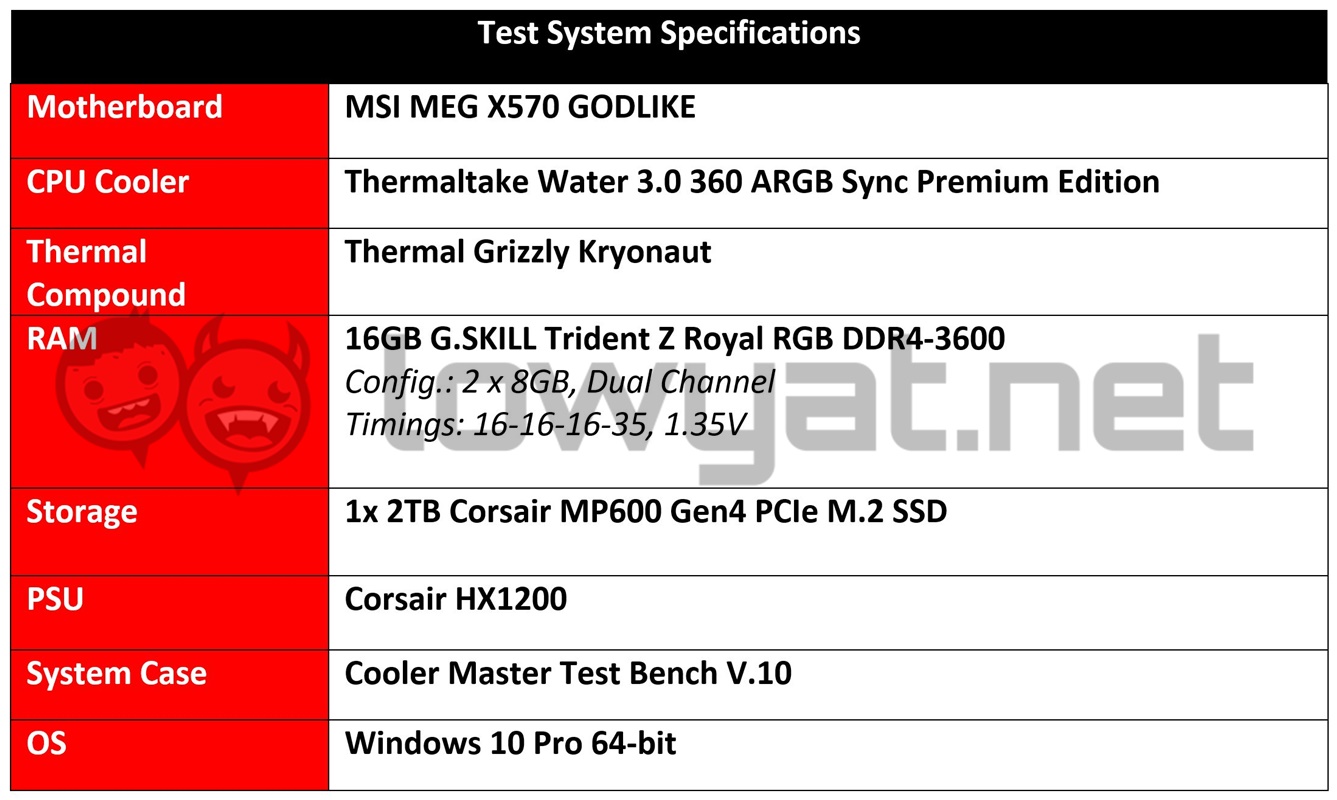NVIDIA’s GeForce GTX 1660 Super has been around for a while now, and this review comes a little late. That said, the card is still a sought-after option, sitting on the list for gamers looking for a non-ray-tracing, Turing-powered option to run their favourite titles on the PC.
As an option sitting between the GTX 1660 and GTX 1660 Ti, some of the usual and general questions arise: what sort of performance-to-dollar ratio can we expect from the GPU, and how does it compare to the last generation’s mid-range offering?
The Contenders
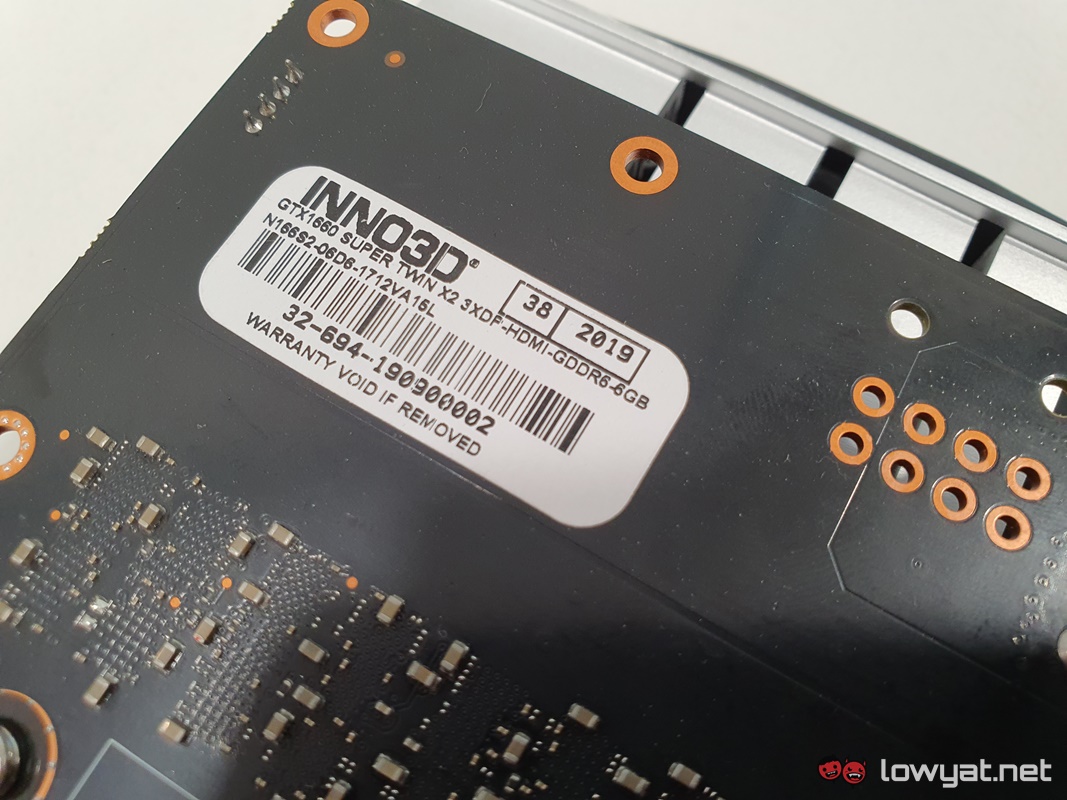
To find out, I’ll be benching Inno3D’s GeForce GTX 1660 Super Twin X2 OC against a Pascal-powered GTX 1060. Specifically, MSI’s GeForce GTX 1060 Gaming X+, a moderately souped-up version of the card with a memory speed of 9Gbps, instead of the usual 8Gbps.
To state the obvious, the GTX 1660 Super is clearly dressed in the modern GPU architecture. Specifically, the Turing-powered card runs on the new GDDR6 memory standard versus the GDDR5 standard was is used in the GTX 1060. Additionally, it also has a memory frequency of 14Gbps compared to the 9Gbps of our souped-up GTX 1060, and a higher CUDA core count. Apart from those difference, both mid-rangers are near identical in terms of their clockspeeds, memory bus width, and TDP.
Specifications
Benchmarks
To gauge the GTX 1660 Super Twin X2 OC’s prowess, my testbed is as listed below:
For the benchmarks, the usual fare of UL’s 3DMark’s Fire Strike and Time Spy tests and Unigine’s Superposition tests were for its synthetic performance. For real-world performance, the GTX 1660 Super Twin X2 OC was tested with Battlefield V (BFV), Deus Ex: Mankind Divided, DOOM, and Shadow of the Tomb Raider. Also, for obvious reasons, we turned off any and all ray-tracing functions to ensure fair and reasonable testing between the two cards.
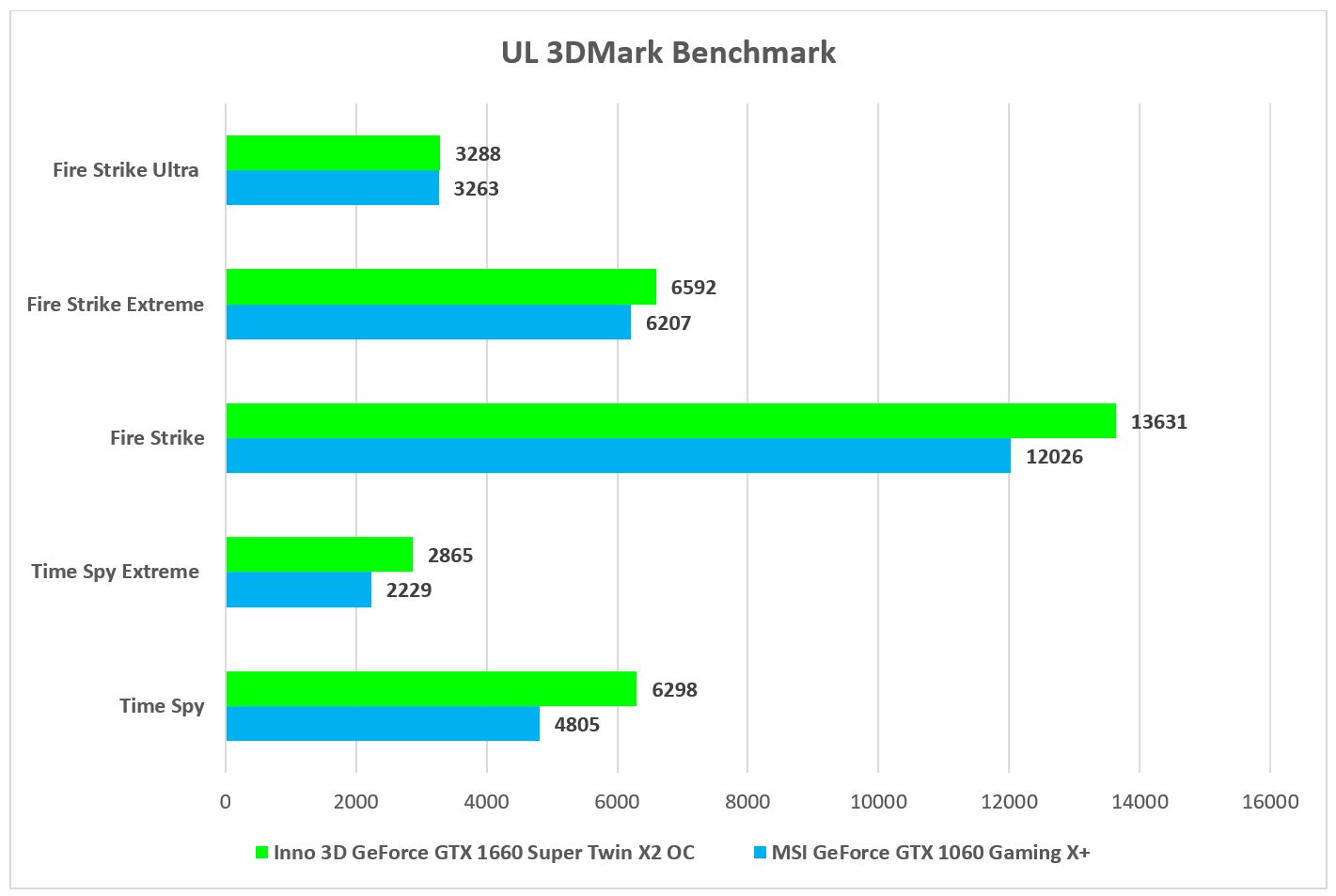
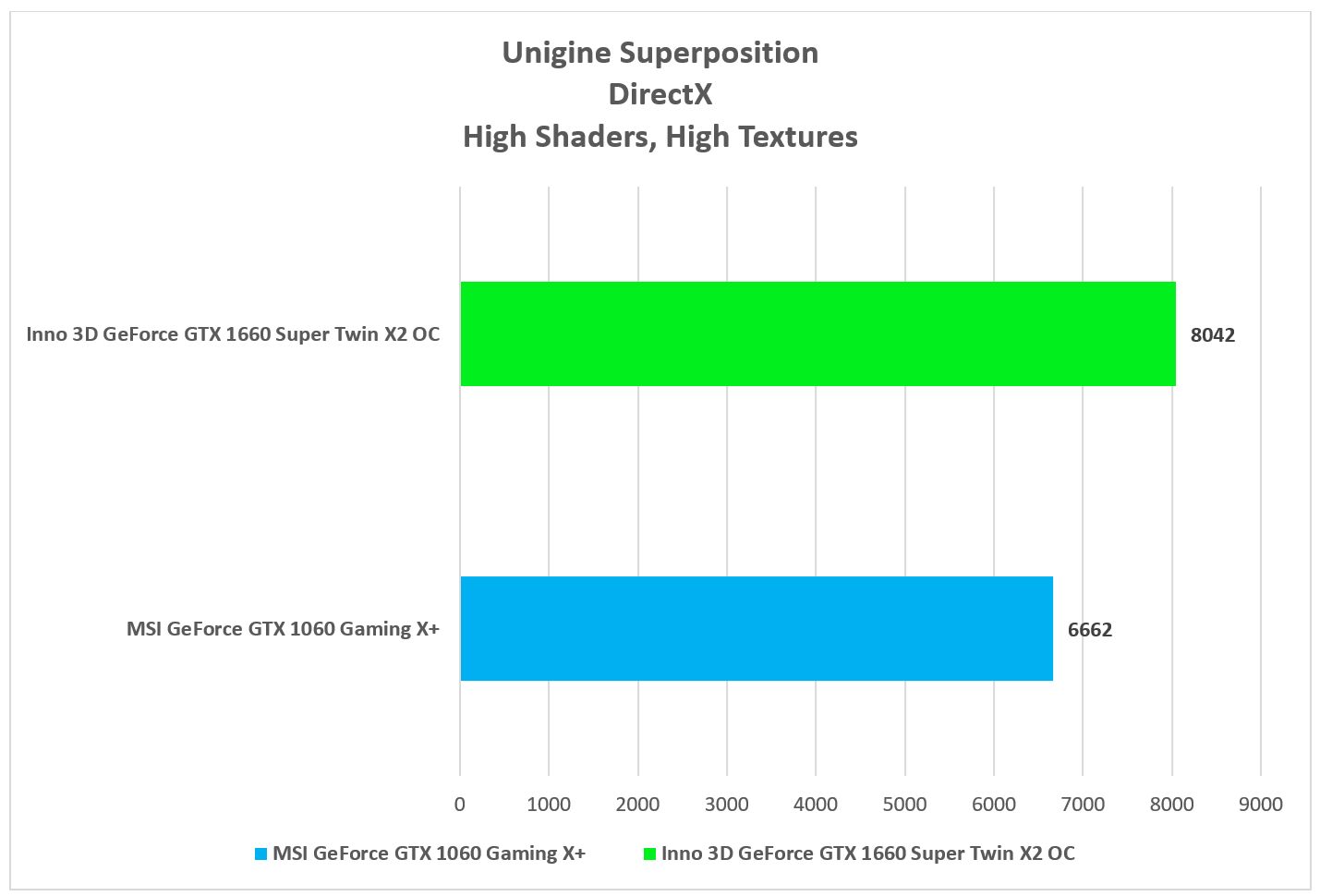 I also limited the resolution for the latter part of the testing to just Full HD. To that end, I also did not overclock the card and ran the tests on both cards out of the box. To be clear, I’m not saying that the GTX 1660 Super isn’t overclockable; at Full HD, these cards are more than capable enough to handle themselves without further tweaking. As you can see from the charts.
I also limited the resolution for the latter part of the testing to just Full HD. To that end, I also did not overclock the card and ran the tests on both cards out of the box. To be clear, I’m not saying that the GTX 1660 Super isn’t overclockable; at Full HD, these cards are more than capable enough to handle themselves without further tweaking. As you can see from the charts.
In the synthetic benchmark tests, the GTX 1660 Super was the clear winner, but not by a very high margin. On some of the tests, the card was faster than the GTX 1060 by a little more than 10%, while other tests showed slightly more than that.
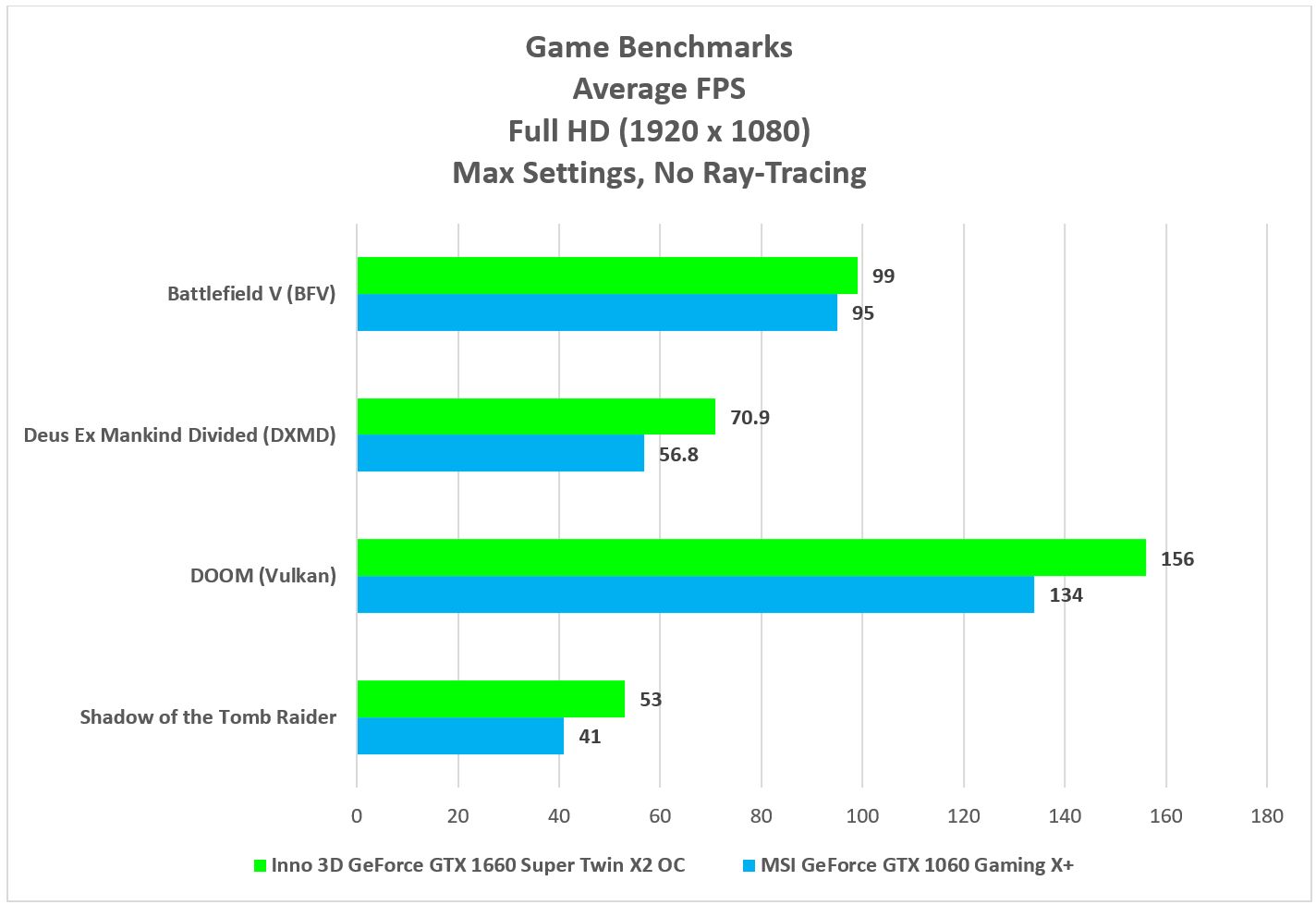
Regarding the thermals of the GTX 1660 Super, Inno3D’s cooling solution shines in our test. At its peak, the card never went above 70°C but was still hotter than the GTX 1060 Gaming X+ by three degrees Celsius. Even the power draw looks nearly the same, with both cards pulling approximately the same amount of power from the wall on a full load.
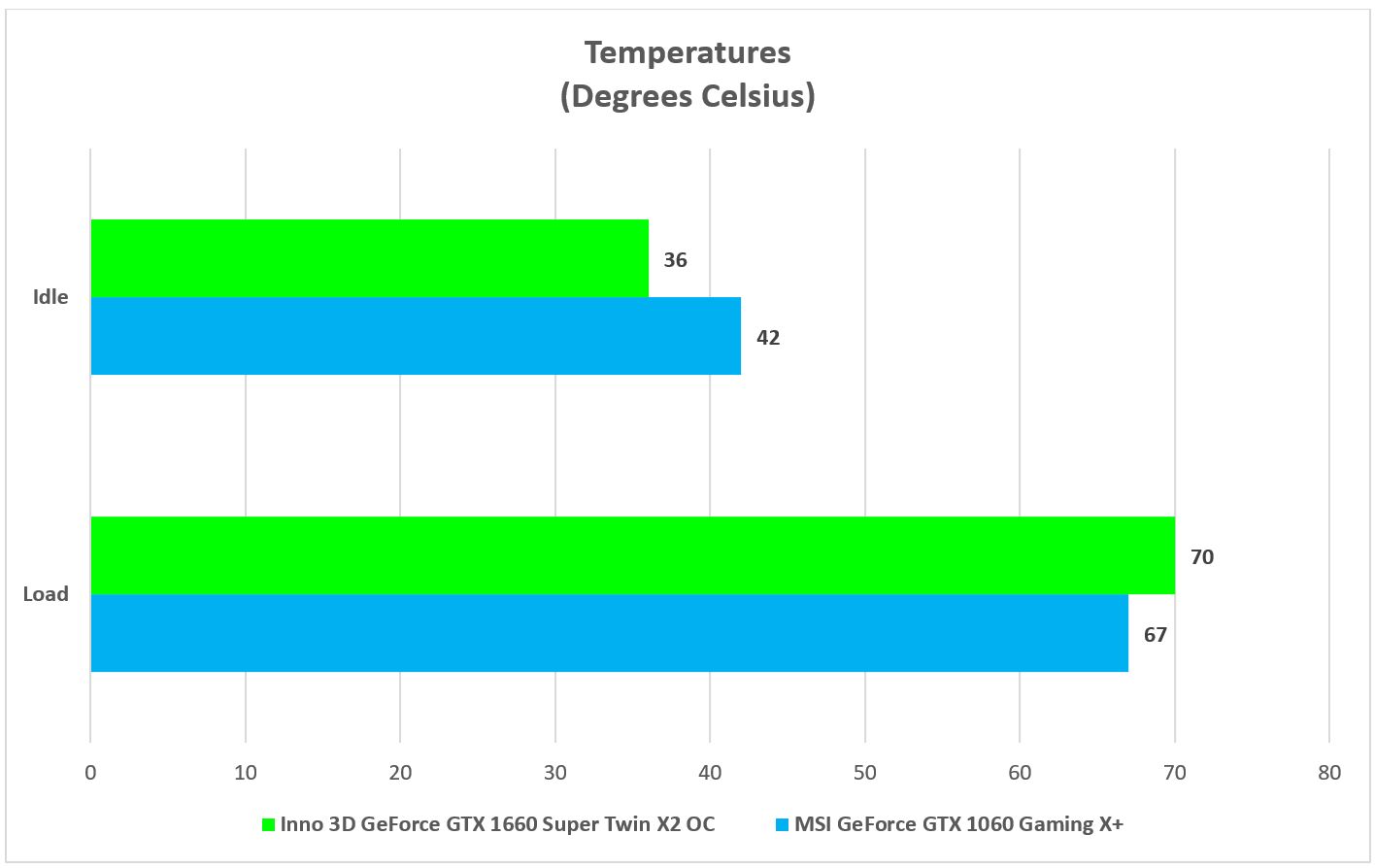
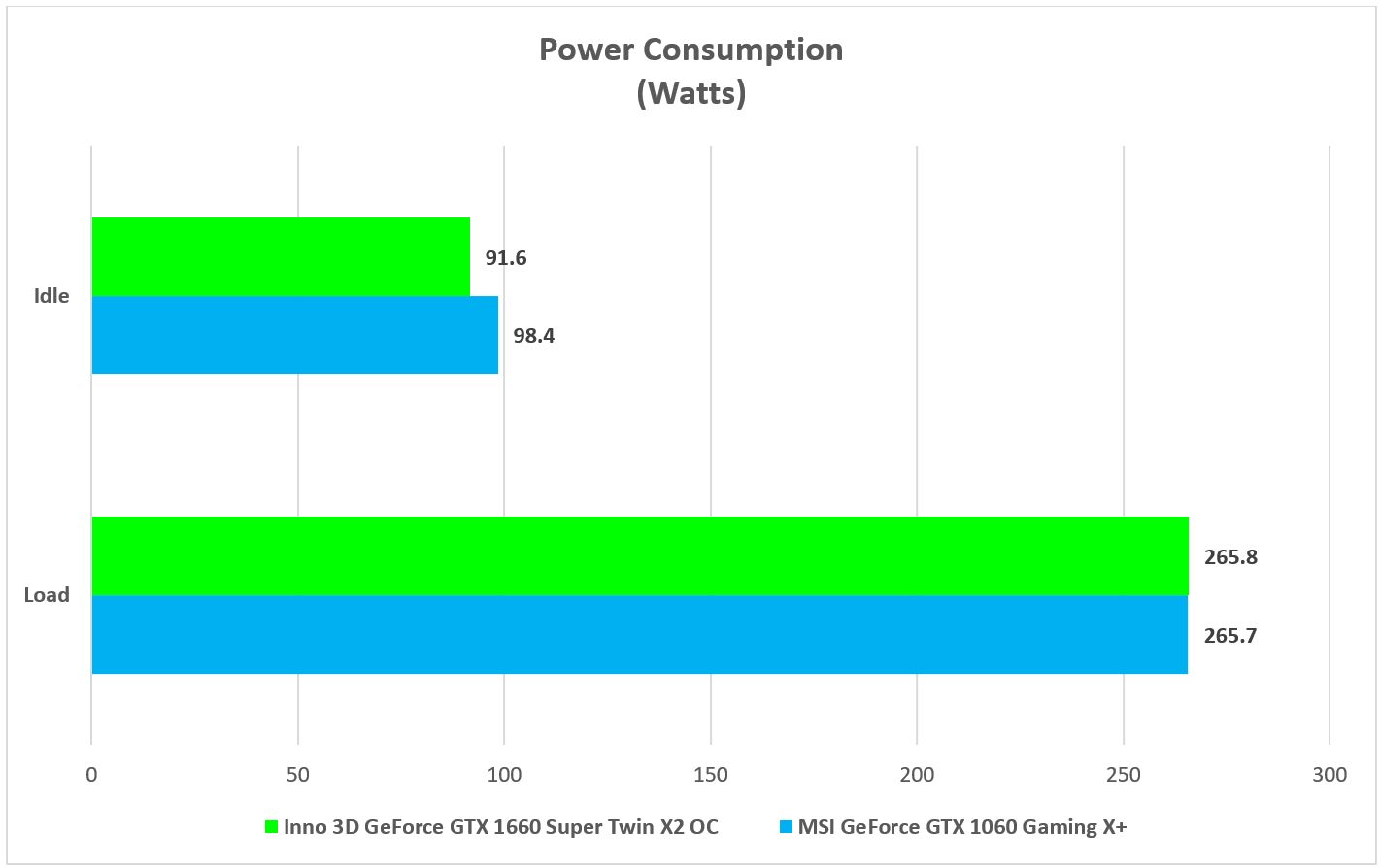
That said, both GPUs have similar TDPs, so I can’t say that I’m surprised by this turnout.
Conclusion
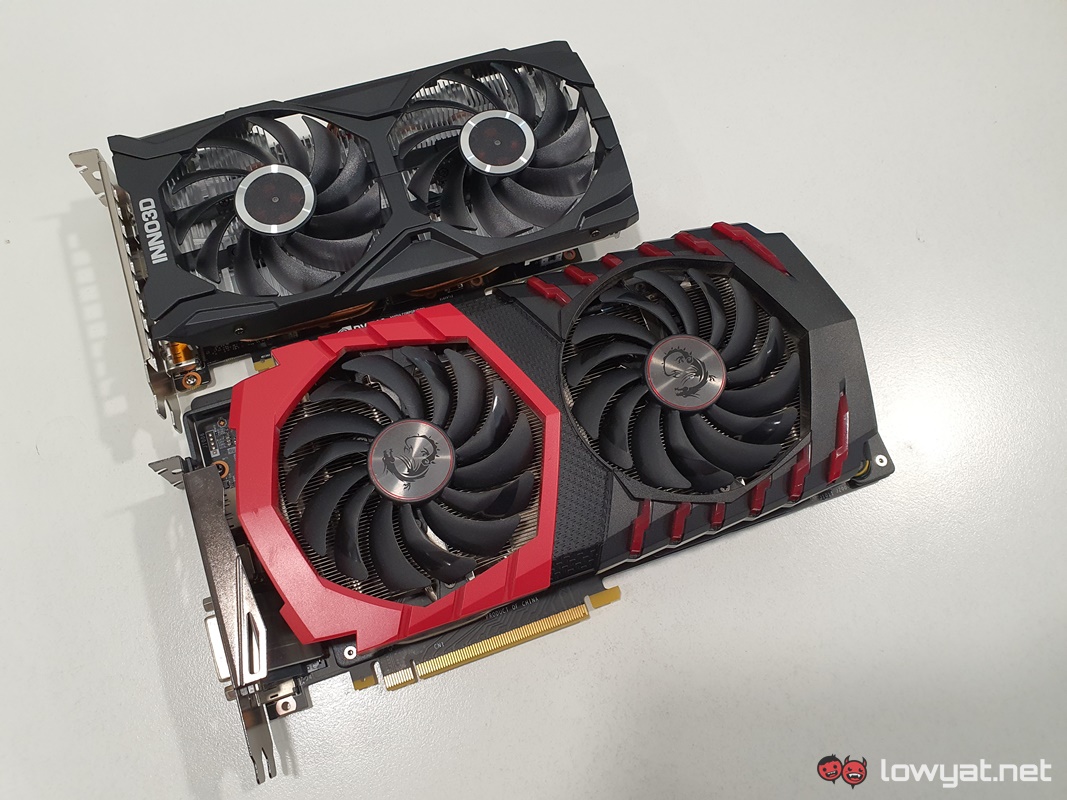
At this point, the NVIDIA GeForce GTX 1660 Super is a bit of hard sell, even with its average starting price of RM1000. If you’re already an owner of a GeForce GTX 1060, my immediate advice would be that you look at something that is slightly – if not substantially – more powerful. Considering the near-identical performance between both cards.
If you’re new the world of PC gaming, though, and you’re just looking for something from Team Green that doesn’t break the bank, comes with GDDR6, and you’re not hard-up for ray-tracing. You can easily pick up one of the several custom-cooled variants of the GTX 1660 Super, either online or from your IT store.
Follow us on Instagram, Facebook, Twitter or Telegram for more updates and breaking news.


